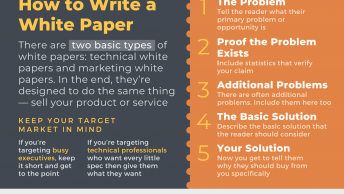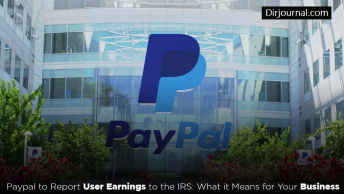Are you on any of these free business listing sites?
When it comes to business directory listings, the rule of thumb is simple: the more, the better. Since the prominence and visibility of business directories vary by region and country, it’s especially important for e-commerce companies to cast their nets as wide as possible.
That’s easier said than done. HubSpot identifies 50 legitimate business directory sites that U.S. companies should at least consider joining. There are dozens more where those came from, though few companies have a legitimate case to list on every single one.
The good news is that most business directories are free or cheap to list with. The bad news is that creating directory listings isn’t something you can do in your sleep. If you’re serious about creating a directory presence that complements the rest of your digital marketing efforts, make sure it includes these eight bits of information.
- Customer and Media Contact Information
Start with the basics: working email addresses and (if available) phone numbers for your customer and media contacts.
If possible, avoid generic addresses like contact@yourdomain or pr@yourdomain. List the actual names of the people that customers and media outlets can expect to speak with when they reach out. This transparency is a simple gesture that inspires trust and creates a perception of competency.
- Lists of Key Employees & Leadership With Bios
Next, devote as much space as you can to a list of key employees and C-level leadership, with photos if possible. This is more important on directory listings you plan to direct potential partners or investors to. For instance, Canadian e-commerce company Beyond the Rack prominently features top leaders and advisers on its Angel.co listing—one of the first places prospective investors are likely to look for information about the company.
- Basic Quantitative Information
You don’t have to lift the hood all the way up, but some basic information about your company’s size, sales, and fundraising success (if applicable) can’t hurt. Even customers who couldn’t care less about how your organization is run will appreciate the story told by steadily increasing employee counts and sales figures.
- An Above-the-Fold Elevator Pitch
Get the best writer on your team—or an external pro, if you can afford one—to craft a three- to four-sentence elevator pitch that succinctly outlines your company’s core functions, mission, and origins. Again, even customers not particularly interested in what happens behind the scenes appreciate a concise “this is who we are” spiel.
- A Below-the-Fold Deep Dive
Not every directory is set up for this, but plenty are—LinkedIn company pages come to mind. Use the extra space to dive, Wikipedia-style, into your company’s history, product development practices, values, and anything else you think relevant.
- Influencer Reviews & Testimonials
Even if the directory isn’t set up for user-generated reviews, look for ways to incorporate influencer reviews and testimonials. A well-placed sentence or two from a well-known customer or influential backer does wonders for your credibility, especially early in your organization’s lifecycle. It matters who’s willing to vouch for you, after all.
- Positive News Clippings
All press is not necessarily good press, but friendly media coverage is definitely worth playing up. If the directory permits, link to the clip directly. Otherwise, include the best snippet you can find, along with the outlet and original publication date.
- Current Job Postings
Last, but not least: job postings. Hiring implies growth and competency, among other positive things. That you’re looking to grow your workforce is always worth advertising, even if you (rightly) expect that your directory presence won’t be your most productive source of candidates.













